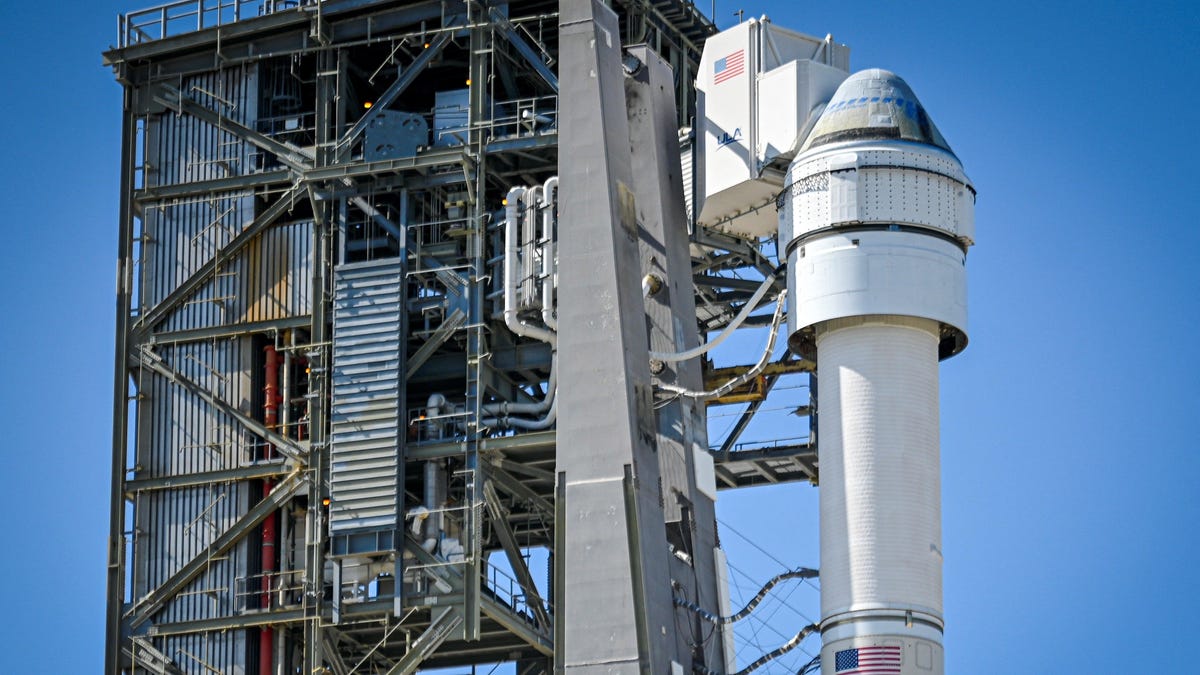Back in 2014, the United States held its own little internal space race. NASA chose two companies to bring us back to the International Space Station, providing them with funding to build a crewed space vehicle: One established, long-proven aerospace engineering firm, and one upstart run by a guy who names all his kids like they’re Warhammer figures. Ten years later, the race has a clear loser: Boeing.
Boeing received $4.2 billion in federal funding to build its Starliner system, far more than the $2.6 billion allowance SpaceX got for its Dragon. It’s far and away the more established competitor, with over a century of aeronautics experience, yet Starliner is only now preparing for its first crewed flight — four years after Dragon’s, and $1.5 billion over budget. Ars Technica looked into what went wrong:
But at least SpaceX was in its natural environment. Boeing’s space division had never won a large fixed-price contract. Its leaders were used to operating in a cost-plus environment, in which Boeing could bill the government for all of its expenses and earn a fee. Cost overruns and delays were not the company’s problem—they were NASA’s. Now Boeing had to deliver a flyable spacecraft for a firm, fixed price.
Boeing struggled to adjust to this environment. When it came to complicated space projects, Boeing was used to spending other people’s money. Now, every penny spent on Starliner meant one less penny in profit (or, ultimately, greater losses). This meant that Boeing allocated fewer resources to Starliner than it needed to thrive.
…
In a fixed-price contract, a company gets paid when it achieves certain milestones. Complete a software review? Earn a payment. Prove to NASA that you’ve built a spacecraft component you said you would? Earn a payment. This kind of contract structure naturally incentivized managers to reach milestones.
The problem is that while a company might do something that unlocks a payment, the underlying work may not actually be complete. It’s a bit like students copying homework assignments throughout the semester. They get good grades but haven’t done all of the learning necessary to understand the material. This is only discovered during a final exam, in class. Essentially, then, Boeing kept carrying technical debt forward so that additional work was lumped onto the final milestones.
Boeing, as we’ve all recently seen, is no longer an aeronautics company — it’s a profit company, the kind of business you get when MBAs hellbent on “efficiency” take over from the engineers. That mindset didn’t vibe well with a government contract, and the so-called “efficiencies” never showed up to help. Ars Technica continues:
There was no single flight software team at Boeing. The responsibilities were spread out. A team at Kennedy Space Center in Florida handled the ground systems software, which kept Starliner healthy during ground tests and the countdown until the final minutes before liftoff. Separately, a team at Boeing’s facilities in Houston near Johnson Space Center managed the flight software for when the vehicle took off.
Neither team trusted one another, however. When the ground software team would visit their colleagues in Texas, and vice versa, the interactions were limited. The two teams ended up operating mostly in silos, not really sharing their work with one another. The Florida software team came to believe that the Texas team working on flight software had fallen behind but didn’t want to acknowledge it. (A Boeing spokesperson denied there was any such friction).
The full Ars Technica piece is worth a read, as it goes into the myriad ways that Boeing failed with the Starliner project. Cost fixations, siloed developmentx, a lack of proper testing, even the company’s lack of vertical integration all worked together to kneecap the project. Going to space is hard enough when you aren’t focused on doing it as cheaply as possible.

